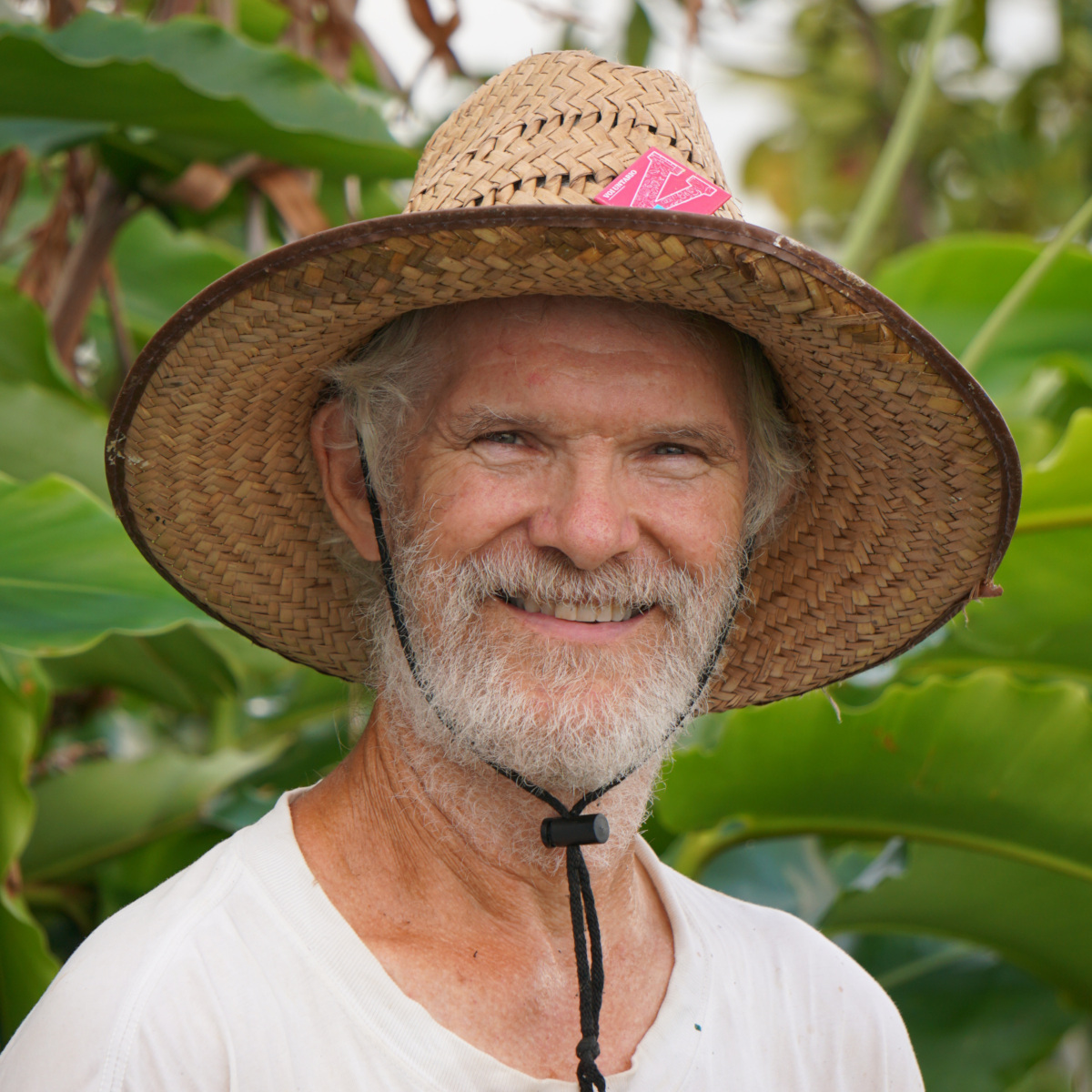I have been thinking on how to claim every energy that comes on my plot. Technology goes more and more into harvesting the smaller left over energy. Ive seen examples in the Netherlands where startups try to get energy from a chip (I have been thinking on how to claim every energy that comes on my plot. Technology goes more and more into harvesting the smaller left over energy. Ive seen examples in the Netherlands where startups try to get energy from a chip (http://www.nowi-energy.com, https://memsys.nl) and a transparent solar panel layer on windows etc. Here in Lithuania sometimes the whole day has an overcast sky and that is the solar energy that we are getting. I know that with heavy overcast days a standard solar panels output can be as low as 10%. So a 5kWp can generate instead of 3.75kW produce only a meager 370W. My question to you, arent there other solar technologies that are adjusted to this overcast circumstances? So to gain more efficiency from diffuse lighting or from frequencies that can pierce the clouds more (like infrared spectrum)?
Some sunday morning pondering…
Sorry for offtopic but its nice that there like minded lithuanians here!
Likewise. But i must say that i am a dutchman living in LT. Itsepresau 😅
Thats probably even cooler!
If it’s cloudy it’s cloudy, there is less sun, and if there is less sun to harvest then photovoltaic panels will produce less. We can maybe optimize the panels for cloudy days but whatever happen they will always produce less energy in cloudy days than sunny days.
So there is multiple alternatives:
- Adapt electric consomption to the weather. I think this is a really important step. With technology we progressively disconnected ourself from the weather. Whatever season it is, whatever the outside temperature we always go to school/work at the same hours, eat the same kind of meals at the same time … I think with renewables we have to think differently, of we have a sunny day we can do laundry, stay up late, use the electric oven … In cloudy days we reduce our use of electricity.
- Storage, storage is good for predictable energy variation, maybe to extend a bag day but not more. Whatever amount of storage we install we will still have days when it’s not enough, the worst case scenario
- Alternative energy, for when there is no production and the storage is empty then we need to rely on alternative energy. It can be an alternative generator, individual or collective, or it can be having wood stove for cooking and heading and candle for the light. This will cover the x% of hours in the year when we run out.
When I was living on a sailboat, the logic of overcast days was this; that overcast days are often stormy days, so have a wind generator for the “bad weather”. But this may not work in your place - sometimes it is just a low-energy day; cloudy and calm.
Of course the other approach is storage; but it tends to be expensive.
Yes, that mixup of energy is what could be done. Unfortunately there is zero wind here. Ive looked into heating by composting (not enough organic matter), geoheat (expensive), and yes battery tech such as flow batteries are not diy enough for me. Ive looked into phase changing materials for thermal bstteries, but only looked you know.
If heat is your main requirement, it may be worth experimenting with sodium sulfate as a phase change material. On paper it works very well (cheap, safe, energy dense), but one of the main downsides for commercialisation is it’s a bit too DIY. The water tends to separate after a few dozen cycles and it needs to be re-mixed when molten.
A friend has bought vacuum thermal solar heaters: glass tubes with vacuum in it and a black copper thermal conductor that simply heats from the sun’s radiation but loses very little energy. He was getting boiling water on an overcast day, I was very surprised to see this passive system going so much over he ambient temperature.
Very good direction. I can could look into this as heat is the highest energy requiment in a house. I heard these vacuumtubes are quite expensive though
They are, but I have been wondering how hard and how efficient it would be to make partial vacuum: have a transparent enclosure, a pump to remove 80% of the air in it, and see if it doesn’t work a bit too.
These technologies to capture small amounts of “leftover” energy are neat, but the problem is that by definition you will never get as much out of them as you would from “bulk” energy sources. Often you end up spending more effort/tech/materials for a smaller output, so you’re just better off building more solar panels and investing in some storage for cloudy days.
If there happens to be some cheap easy solution to get little pieces of energy here and there, then sure, why not? But it’s not going to fill the gap, and it’s not worth spending major effort on for a small return.
Yes, i think you are right in that to retrieve the of energy efficiency are the most costly and it is way simpler to scale up instead. I was aiming at a rest energy on which an innovation if implemented large scale could mean more efficiency for the countries with cloudier and colder climates. https://spectrum.ieee.org/solar-cells-could-capture-infrared-rays-for-more-power
No. You can install higher efficiency panels which will have a higher yield, but if the radiation from the sun is not there, there is not much to do. On the other hand, you have bifacial solar panels, which are installed vertically and produce energy from both sides. If you have a lot of scattered light through the year, this might be a tech to look for.
This is a somewhat controversial idea, but one possibility would be orbital solar power beamed to the ground as microwave energy.
Since microwaves penetrate cloud cover, photovoltaic panels could operate near their peak efficiency and deliver the energy through the clouds as a beam that can be received even when the clouds are out.
Alternatives would also include nuclear power and long-range transmission from better situated areas.





